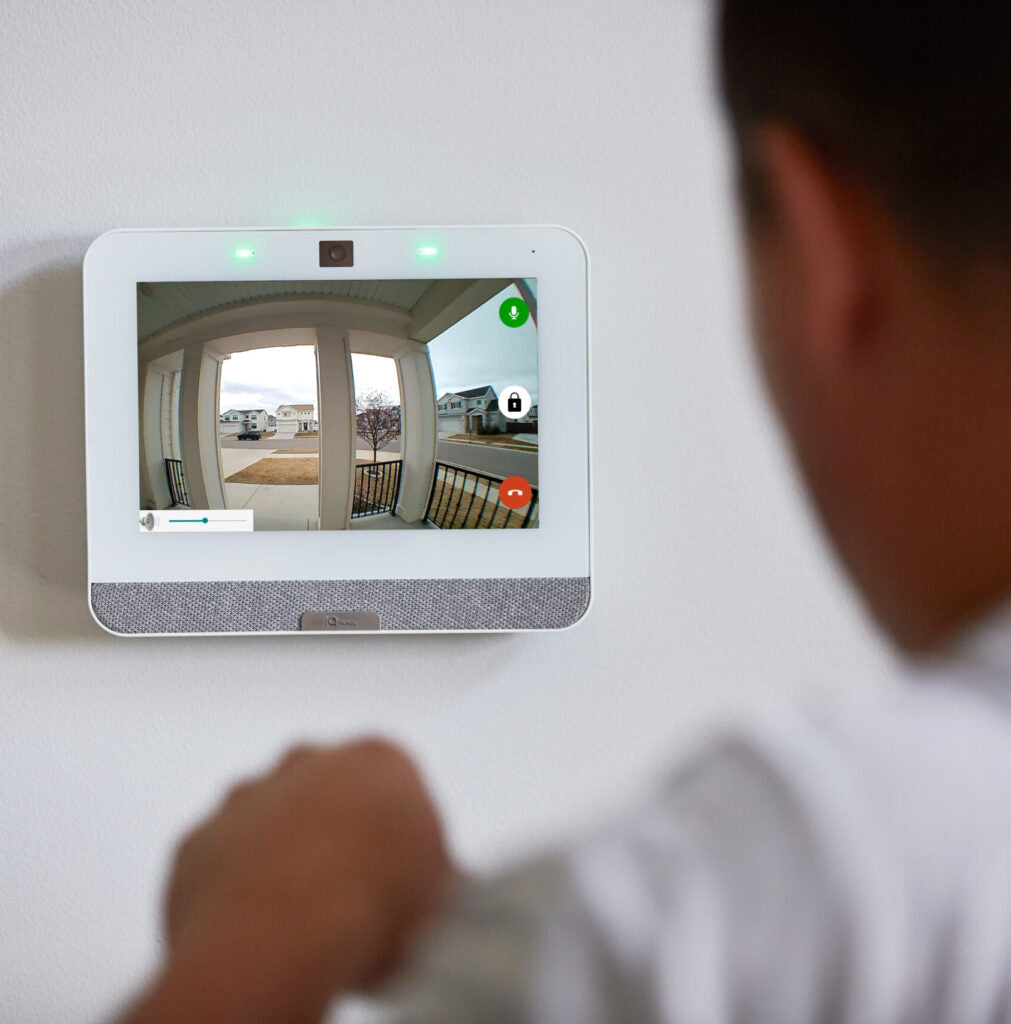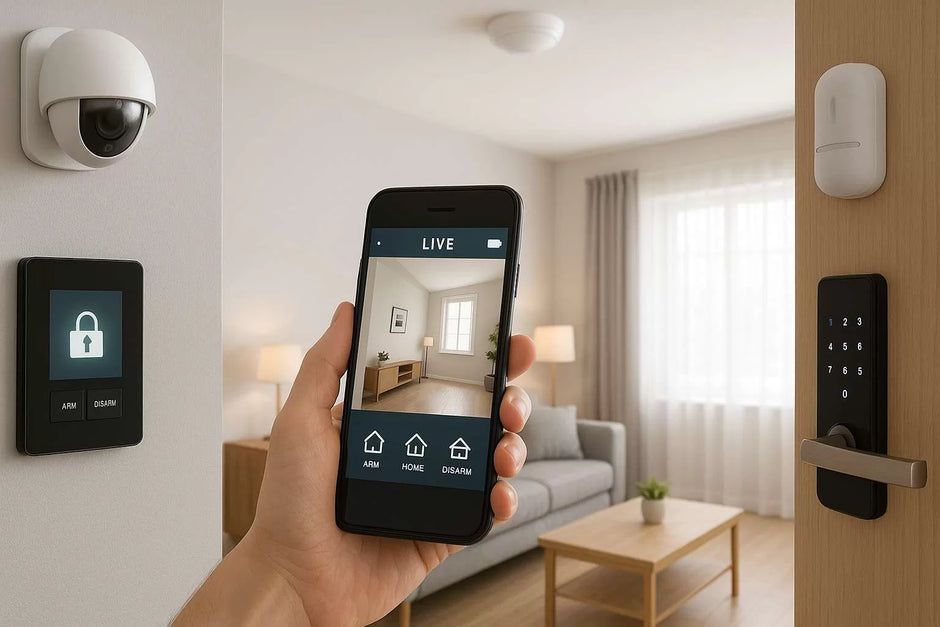In today’s hyper-connected world, cybersecurity isn’t just about protecting your data—it’s about securing every aspect of your home or business, both online and offline. As technology advances, the lines between physical security and cybersecurity are blurring. Modern security systems are evolving to meet the challenges of an interconnected world, offering solutions that safeguard against both physical break-ins and digital intrusions.
Why Cybersecurity and Physical Security Are Now Intertwined
In the past, cybersecurity and physical security were considered separate domains. Physical security focused on protecting assets, people, and premises, while cybersecurity aimed to defend against data breaches and digital attacks. However, as more devices—ranging from home cameras to business servers—connect to the internet, physical security systems are becoming entry points for cybercriminals. A vulnerability in a smart lock or surveillance camera can lead to much greater breaches in the system.
This intersection of physical and digital protection has prompted the rise of integrated security systems, where cybersecurity and physical safety work hand in hand to protect your assets, both virtual and physical.
Smart Devices as Potential Vulnerabilities
The advent of smart devices in homes and businesses has made life more convenient but also introduces new risks. For example, a hacker who gains control of a smart security camera or thermostat could potentially manipulate other connected devices on the same network. The same is true for businesses using smart entry systems, connected sensors, or even cloud-based alarm systems—an unsecured network could allow cybercriminals to access sensitive data, financial records, or proprietary information.
The Role of Encryption and Secure Networks in Smart Security
To address these challenges, modern security systems now include enhanced encryption protocols, secure Wi-Fi networks, and two-factor authentication. These features ensure that even if an intruder tries to hack into your system, they’ll encounter multiple layers of defense that protect both your physical space and your digital assets.
For example, video surveillance systems now often come with end-to-end encryption, ensuring that live feeds and recorded footage remain secure from unauthorized access. Similarly, access control systems use encrypted keycards or biometric scanning that prevents hackers from replicating or bypassing security measures.
Cloud Storage and Backup Security
Cloud-based storage has become a key component of modern security systems. While cloud storage offers convenience and remote access, it also opens up new vulnerabilities if not properly secured. To counter this, many security companies implement robust security measures such as strong encryption, private cloud services, and backup redundancies to ensure that your data is protected, even if the local system is compromised.
Real-Time Threat Detection and Response
With AI-powered security systems, the detection of suspicious activities—whether physical or digital—has become faster and more accurate. These systems can detect unusual patterns, such as a sudden surge in network traffic or the activation of unauthorized devices. As soon as a potential threat is detected, these systems can trigger an alert and take automated actions, such as locking doors, disabling connected devices, or notifying security personnel, preventing further damage or breaches.
Integration with Cybersecurity Systems
Many businesses are now integrating their physical security systems with IT security networks, creating a unified defense strategy. This integration allows for better coordination between physical and digital protections. For example, an access control system could notify IT administrators if someone attempts to bypass a door’s lock by tampering with the system. Or, if a video camera detects unusual behavior, it could automatically notify the cybersecurity team to ensure the network hasn’t been compromised.
The Future of Security Systems: More Intelligent, More Secure
The future of security systems will continue to evolve as the risks associated with both physical and digital threats become more complex. We can expect even smarter systems powered by machine learning that adapt to new threats, continuously monitor for vulnerabilities, and offer real-time updates on both physical and cybersecurity status. With the integration of biometric authentication, predictive threat detection, and blockchain for added security, the next generation of security systems will be more resilient than ever.
Conclusion
As the line between physical security and cybersecurity continues to blur, modern security systems are becoming the ultimate guardians of both your physical space and your digital life. Whether you’re securing your home or business, adopting an integrated security system that combines physical and cybersecurity is no longer optional—it’s essential.
By investing in robust, interconnected security solutions today, you’re not only protecting your property from break-ins but also fortifying your digital infrastructure against cyber threats. In this increasingly connected world, security has never been more comprehensive—or more critical.








